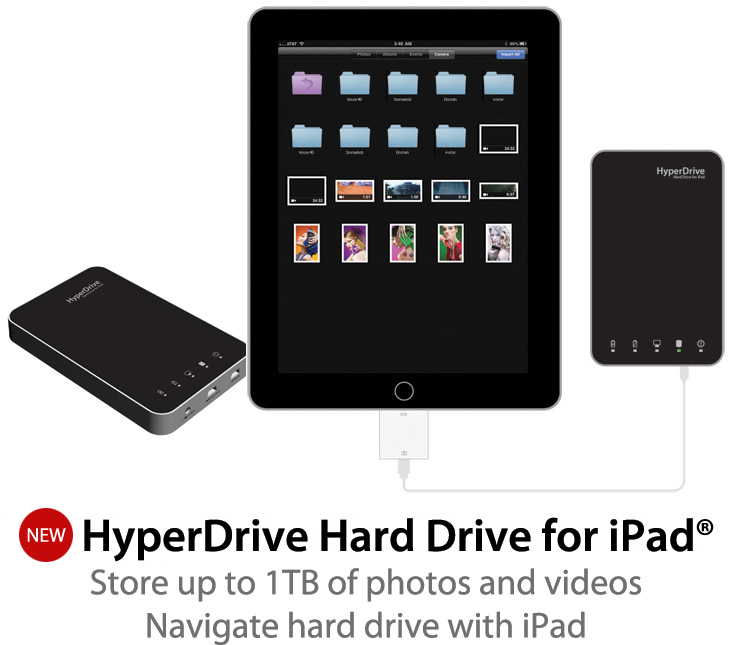Google announced today that it will be retiring Google Reader on July 1, 2013. They listed Google Reader among other changes on their blog today:
We launched Google Reader in 2005 in an effort to make it easy for people to discover and keep tabs on their favorite websites. While the product has a loyal following, over the years usage has declined. So, on July 1, 2013, we will retire Google Reader. Users and developers interested in RSS alternatives can export their data, including their subscriptions, with Google Takeout over the course of the next four months.
For such a significant announcement it was fifth down on the list of eight things mentioned in the post. Google says the use of the service has declined, however, among the crowd I associate with, Google Reader is used every single day to keep up on blog posts. I have over 30 subscriptions in my GReader account and I always have plenty to read.
The end of Google Reader was reported just about everywhere. You can read about it on Wired, App Advice, Geek Beat, and CNET.
So, we have about three and a half months to figure out what to do with our RSS subscriptions. Personally, I’m going to wait until June to worry about it. My ideal RSS reader will be available on my phone, iPad, and on the Web and will sync across all those devices. It will also be able to send posts to Evernote, Dropbox, Twitter, and Facebook. The ability to email posts would be nice as well.
There are probably hundreds of RSS readers on the market right now. I use Feeddler Pro on my iPhone and iPad and it does all the things, and more, that I mentioned above. It has one flaw - it is linked with Google Reader. Most RSS readers are linked to Google Reader and on July 1st they will all stop working. That’s why I’m waiting. I need these app developers to come up with options. If you jump ship right now you might not get the best options for your situation.
I was considering providing you with current options at the end of this post but decided against it. Like I said above, best to wait a few months while the developers sort it out.
UPDATE:
There is a petition on Change.org to keep Google Reader running. As of 10:05 AM PST on March 14, 2013, there were almost 60,000 signatures! Sign the petition here.
Thanks for reading and I’ll see you in the field!





